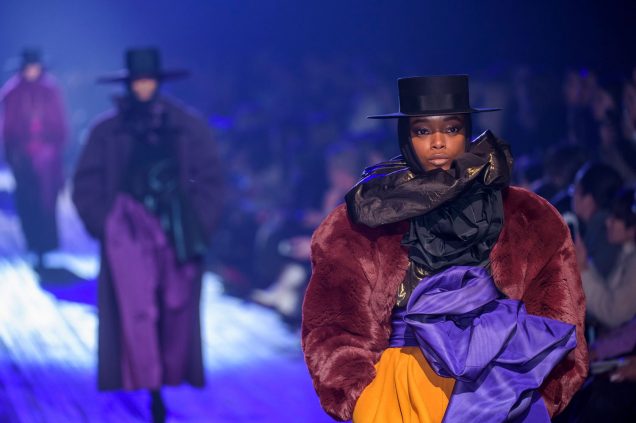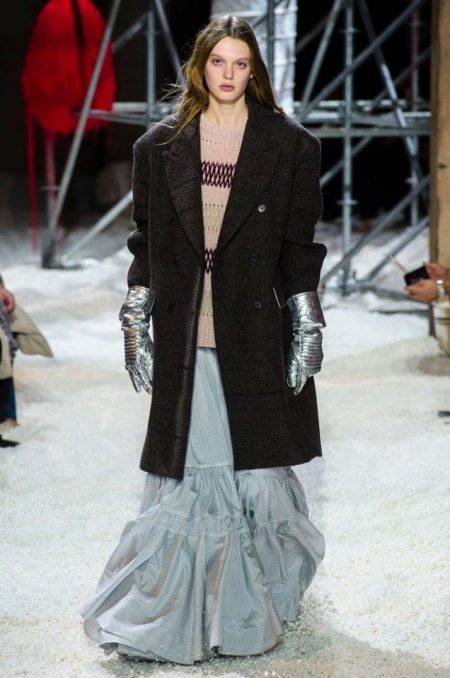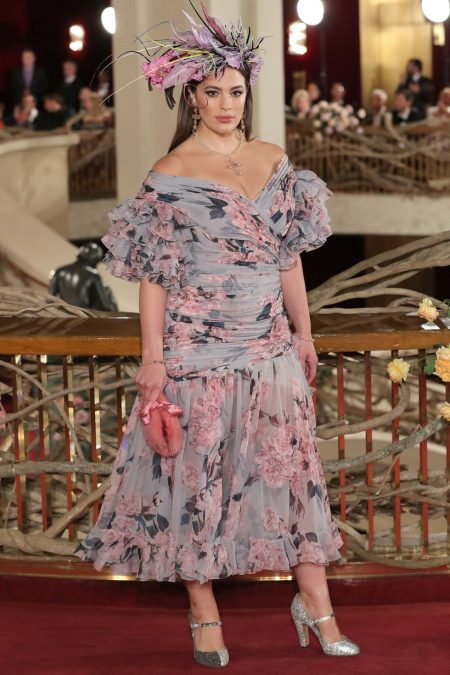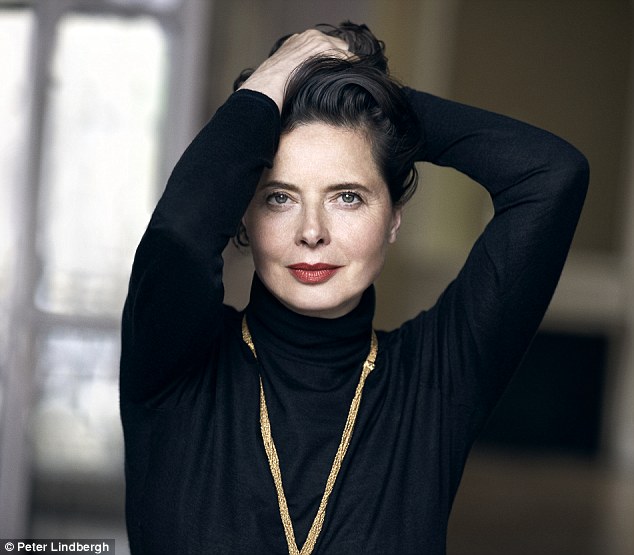Is the Fashion Industry Changing?
While social conditions change, fashion is trying to keep up with them. There’s a lot to be done, but some important moves have already been made.
VOGUE British May 2018 (cover)
The world is changing rapidly, and fashion is one of the sectors that need to adapt and demonstrate determination and consistency. Furthermore, like many other industries, the fashion world is now primarily influenced by social media, particularly Instagram. Thanks to this social media application, the increasing power of the “boy or girl next door” image is taking over. Even supermodels and celebrities seek to look like everyday people.
Since mass media influences the society around us, it would be inconceivable for it not to influence fashion. It seems that the previous limitations of age, size, race, and sex don’t play such an important role in the fashion industry anymore. Perhaps it is beginning to change slowly, but steadily, and accepting the diversity within it. Along with the aid of a few progressive designers who seek the approval of the consumers.
It’s worthwhile observing the last issue of British VOGUE (May 2018). Nine models, each in their own way, presented a different aspect of diversity in fashion. Introducing a bolder future of the industry. Showing that models are human beings encountered in everyday life and not just ethereal beings who could be found only in fairy tales and on catwalks. Finally, fashion is asking for more nonwhite, plus-size, trans, and mature models.

Olivia Anakwe at Marc Jacobs Fall 2018 (thefashionspot.com)
Racial, gender and sexual diversity have become more and more obvious in fashion shows and magazines. According to thefashionspot.com, during the Fall 2018 Fashion Week, more models of color walked the runway than ever before, and since Teddy Quinlivan came out last September, the number of transgender model castings in New York have jumped from 12 to 31.

Ariel Murtagh at Calvin Klein Fall 2018 (thefashionspot.com)

Ashley Graham Dolce&Gabbana AltaModa 2018 (harpersbazaar.com)
In a recent interview for WWD, Tom Ford highlights the fact that models have always been the same as the sample size that designers and fashion houses worked with, and he continued by saying that, “if they don’t fit the clothes, they don’t get the job.” But, the reality is now very far from what the designer states. The last few years have seen a rapid growth of the plus-size market, and the fashion industry knows very well what to do. Ashley Graham, Katy Syme, and Stella Duval are three of the top plus-size models who many luxury brands choose for their shows. Listening to the consumers’ needs is something that should be done by all brands.

IsabellaRossellini (dailymail.co.uk)
At the age of 43, Isabella Rossellini lost her contract with the French luxury cosmetics house, Lancôme, only to regain it at the age of 63. While on the Skavlan Talkshow, Rossellini describes the new female CEO telling her that “Women felt excluded, they felt rejected. And we really want to change the communication and include all women. And define beauty differently than looking young”. In the movie Death Becomes Her (1992), Rossellini plays the mysterious, always-stay-young Lisle Von Rhuman. Her co-stars Meryl Streep and Goldie Hawn do anything to stay forever young and beautiful, but with a price. Is this what every woman desires to be? Forever young or forever herself? But, that’s another article to write. Now, at the age of 60 something, Rossellini looks more accessible to women in her age group. Believe it or not, beauty brands have turned a new page. Through their ads, they are not only promoting beauty, but also the spirit and the confidence a woman should have in order to look and feel beautiful. By hiring women in their mid-50s and 60s as faces of their beauty campaigns, they speak directly to the hearts of women a similar age.
Fashion is an integral part of our everyday life and its reflection. Social conditions and data are changing, and fashion must keep up in order to serve our needs. But, also respond appropriately to key questions that have arisen concerning the fashion industry.

